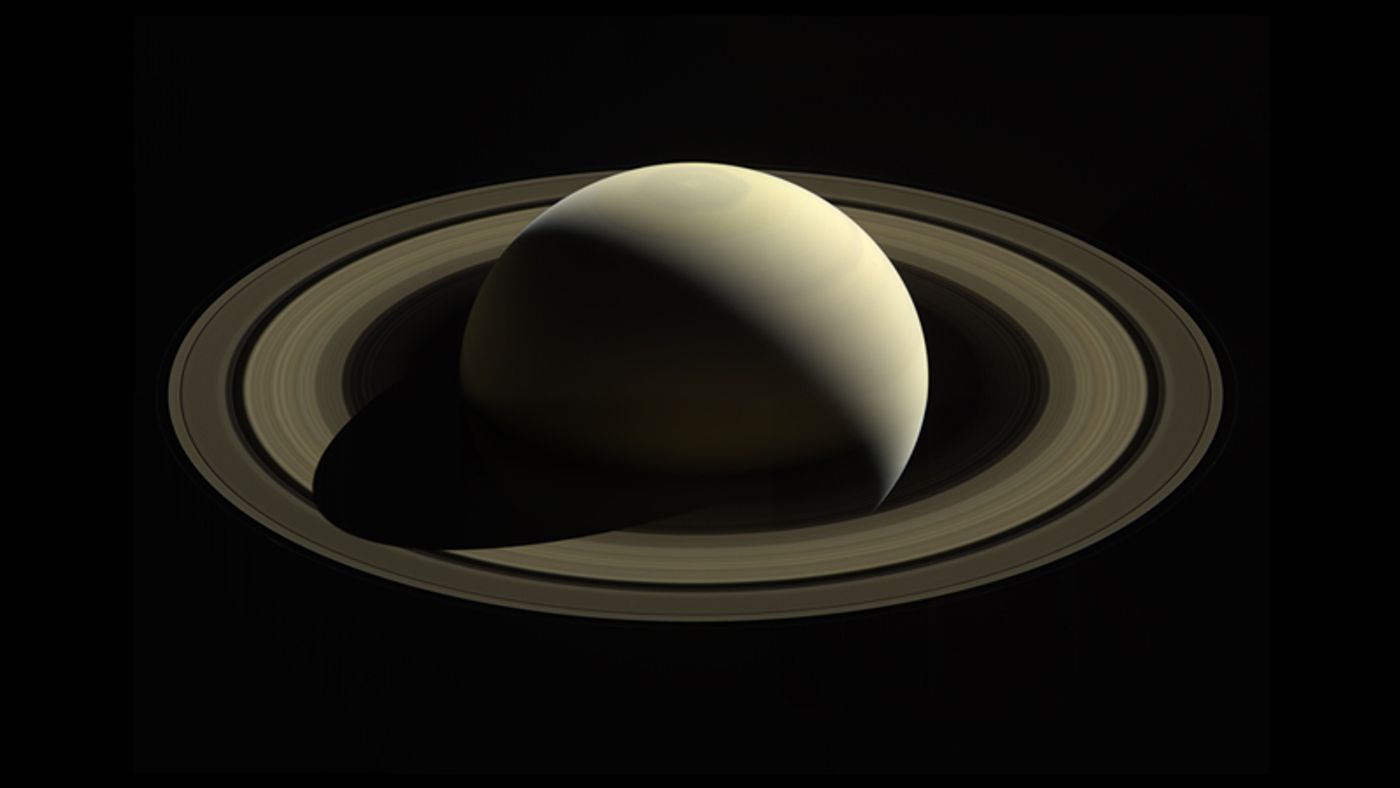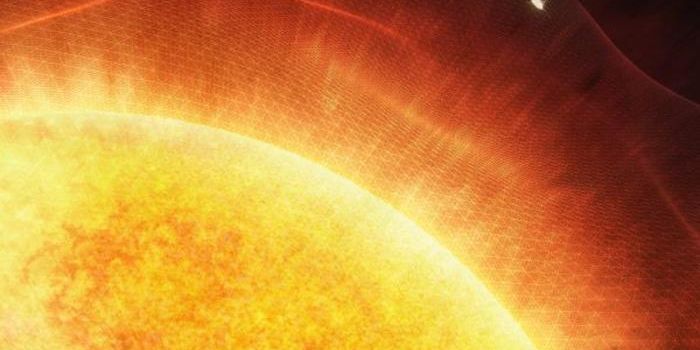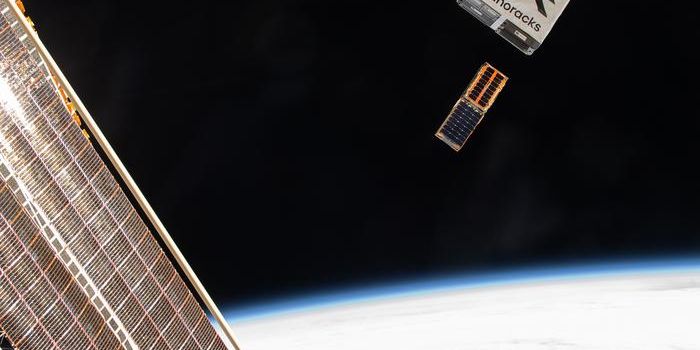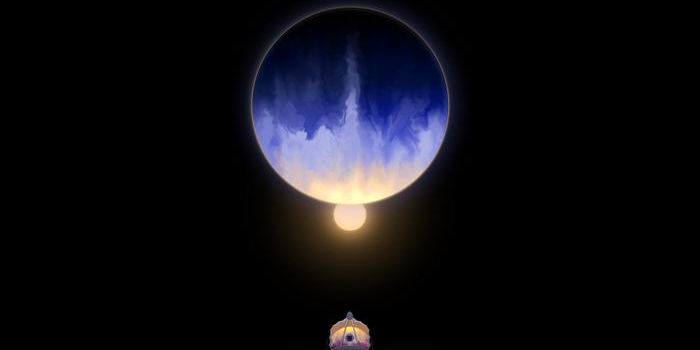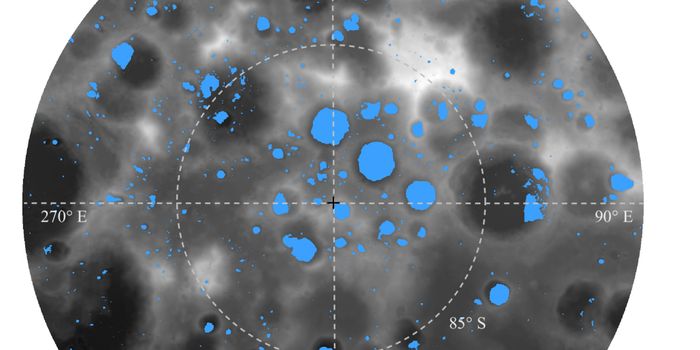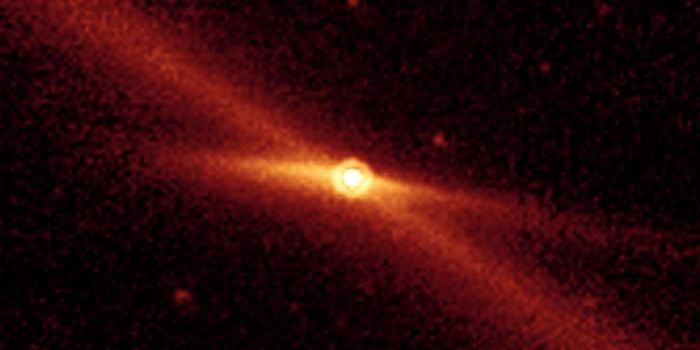The Awe-Inspiring and Majestic Rings of Saturn | Solar System Wonders
Credit: NASA/JPL-Caltech/Space Science Institute
Labroots recently explored the reflective and beautiful atmosphere of Venus that envelopes its hot and high-pressured surface. Here we will explore one of the most recognizable objects in our solar system, because when you ask someone their favorite planet in the solar system, more often than not they reply with, “The one with the rings!”
The rings of Saturn have captured the imagination of astronomy lovers all over the world, and are so large they can easily be seen through almost any telescope. The rings were discovered along with Saturn by Galileo Galilei in 1610, who initially called them “ears” since they appeared as two giant bulges on either side of the giant planet, since he could not properly observe them in detail due to his small telescope.
The mystery of the bulges was later confirmed to be giant rings that extend as far as 175,000 miles (282,000 kilometers) from Saturn and are comprised of billions of small particles of ice and rock that are coated with other materials such as dust. The sizes of the particles range from dust-sized grains of ice to house-sized boulders, and the current hypothesis is the rings were formed from the shattered remnants of an asteroid, comet, or even a small moon that broke apart from Saturn’s massive gravity when it got too close to the planet. Saturn rings are comprised of seven main rings labeled A, B, and C, with fainter and more recently discovered rings labeled D, E, F, and G.
While Saturn’s rings were first studied up-close by NASA’s Pioneer 11 and Voyager 1 and 2, they got their most in-depth examination from NASA’s Cassini spacecraft, which explored the Saturnian system between 2004 and 2017, capturing high-resolution images of the rings for the first time. One of the
Despite the solar system being approximately 4.5 billion years old, the rings of Saturn are currently hypothesized to be only about 100 million years old and are also hypothesized to completely disappear within the next 100 million years.
With the Cassini mission having ended in 2017, there are currently no scheduled missions to explore Saturn and its rings, but NASA’s Dragonfly mission is slated to explore Saturn’s largest moon, Titan, within the next decade.
Sources: Labroots, NASA, NASA (1), Cool Cosmos, NASA (2), BIG THINK, JHU APL
As always, keep doing science & keep looking up!
